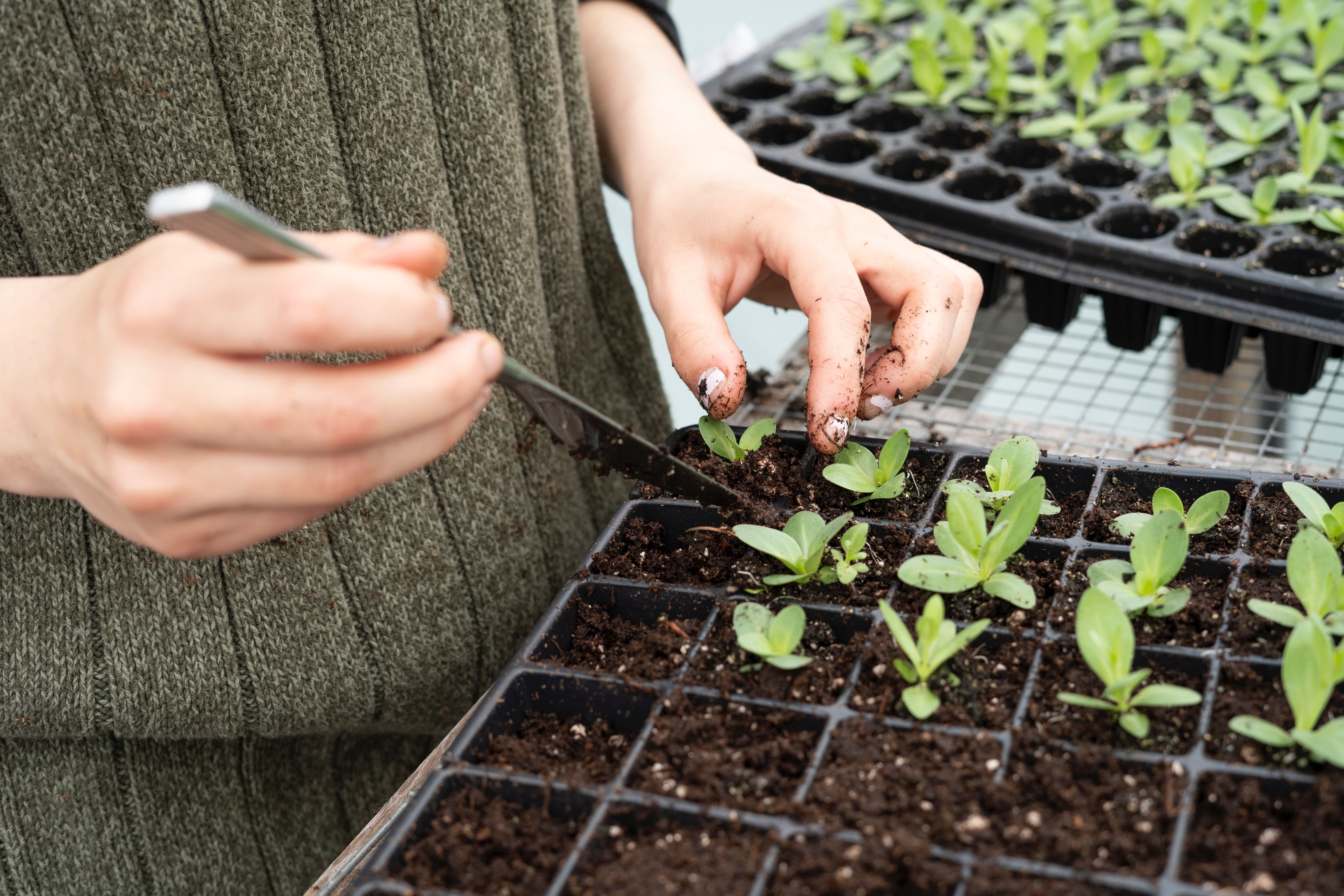Hydroponic cultivation
Hydroponic cultivation is a technique of growing plants without a substrate or with an inert substrate to which all the necessary nutrients have been added ( link ). The fundamental goal of hydroponic technology is to provide each plant species with a certain amount of nutrients at a certain stage of growth and optimum microclimate conditions to achieve maximum yields.
Greenhouse production is an important and fast-growing component of the agricultural industry of developed countries. The leading countries of the world in hydroponic production are: Israel (30,000 ha), the Netherlands (10,000 ha), England (4,200 ha), Australia and New Zealand (about 8,000 ha), and the largest growth in hydroponic production is present in Mexico. In Croatia this production is still under development. However, the demand for fresh vegetables and their availability throughout the year is noticeably increasing. (link)
The most common types in hydroponic production are those vegetables (tomatoes, cucumbers, peppers, eggplant, lettuce, riga, tomato, chard, chicory, watercress), herbs (basil, oregano, marjoram, thyme, sage, dill). but also various types of cut flowers (gerberas (link)) and strawberries (link). Although, compared to conventional production, conditions in hydroponic farming can be said to be almost sterile, in commercial production problems with various diseases and pests occur. It is important to mention that with hydroponic technology and control of production conditions in the greenhouse there is a possibility of maximum utilization of space with minimal consumption of water and fertilizers (link).
One of the most important things when preparing a hydroponic breeding facility is the leveling (flattening) of the surface in the protected area, after which a black and white foil is placed. When the terrain is prepared, rows are marked, heating tubes and billet holders are most commonly found with mineral wool cubes (link).
The choice of growing medium depends primarily on climatic conditions, the type of greenhouse and the hydroponic method chosen. The substrate must contain sufficient water, nutrients and air for the root system, contain no toxic substances and be easy to handle. Growing substrates can be organic, inorganic and synthetic. Organic substrates (peat, compost, wood fiber, coconut fiber) hold water well, but change physical properties. Inorganic substrates have low cation exchange capacity, which limits their ability to release or bind nutrients and can preserve their structure longer. The most commonly used inorganic substrates are rock wool, perlite, vermiculite and silica sand. Stone wool is an inert fibrous material, a mixture of volcanic rocks, limestone and molten coke. Stone wool is poorly alkaline, inert and does not biodegrade. When grown on rock wool, plants require plant nutrients that are added exclusively through irrigation (link).
A study conducted at the Faculty of Agriculture on the topic of Hydroponic cucumber cultivation aimed to investigate the possibility of growing lettuce cucumbers on substrates of inorganic (perlite) and organic (peat) origin, using hydroponic technology to avoid problems that may occur when growing on the ground in a protected area. Two lettuce cucumber cultivars, Pontia F1 and Gemini F1, cultivated on peat and perlite, were tested. The experiment was set up by the method of random block arrangement in four repetitions. The spacing between the rows was 150 cm, and within the row 40 cm, resulting in an assembly of 1.7 plants / m². The results showed that the tested lettuce cucumber cultivars in hydroponic cultivation differed in the number of marketable fruits and the yield achieved. For Pontia F1 cultivars, the number of market fruits was 15.9% higher than for Gemini F1 cultivars, but no statistically significant difference was found between cultivar x substrate interactions in the number of fruits per m2. The highest average mass was observed in peat cultivated Gemini plants (238 g) and significantly higher than the weight of the same perlite cultivar (221 g) and Pontia cultivars grown on peat (224 g).
Tomato production is growing year by year, and today, tomatoes are increasingly grown with this technology. Križevci Shopping Center, KTC installed greenhouses for hydroponic tomato cultivation in Prnjavor Lepavinski in the Municipality of Sokolovac on an area of 10,960 square meters, with 80 percent beef tomatoes and 20 percent grape and cherry tomato hybrids (link)

There are several types of soilless culture, and the main division is:
Aquatic culture - the plants are maintained above water by wire or plastic nets, wooden holders and styrofoam boards. The root is constantly or occasionally immersed in a nutrient solution or nutrient film.
Cultures in the sand - the root of the cultivated plants grows in a solid and stable substrate with no particles of less than 0.3 mm in bonding or adherence (sand, perlite, plastic materials, rock wool or other inorganic materials).
Cultures in gravel - grow in a solid and stable substrate made up of porous aggregates that are not susceptible to bonding and deposition (gravel, basalt, lava, and other mineral materials). The diameter of these aggregates is greater than 3.0 mm.
NFT technique – nutrient film technique is considered the best technique when the root hangs from the pots and is in constant contact with water and nutrients.
Aeroponic production - the root of the plant "hangs" in the air, constantly or occasionally irrigated with fine droplets of nutrient solution called aerosol. The root must be closed and protected from external influences and sunlight.
Rock wool system – stone wool is used during production. The plants are grown on inert mineral substrates, which are obtained by special technological treatments at high temperatures.


